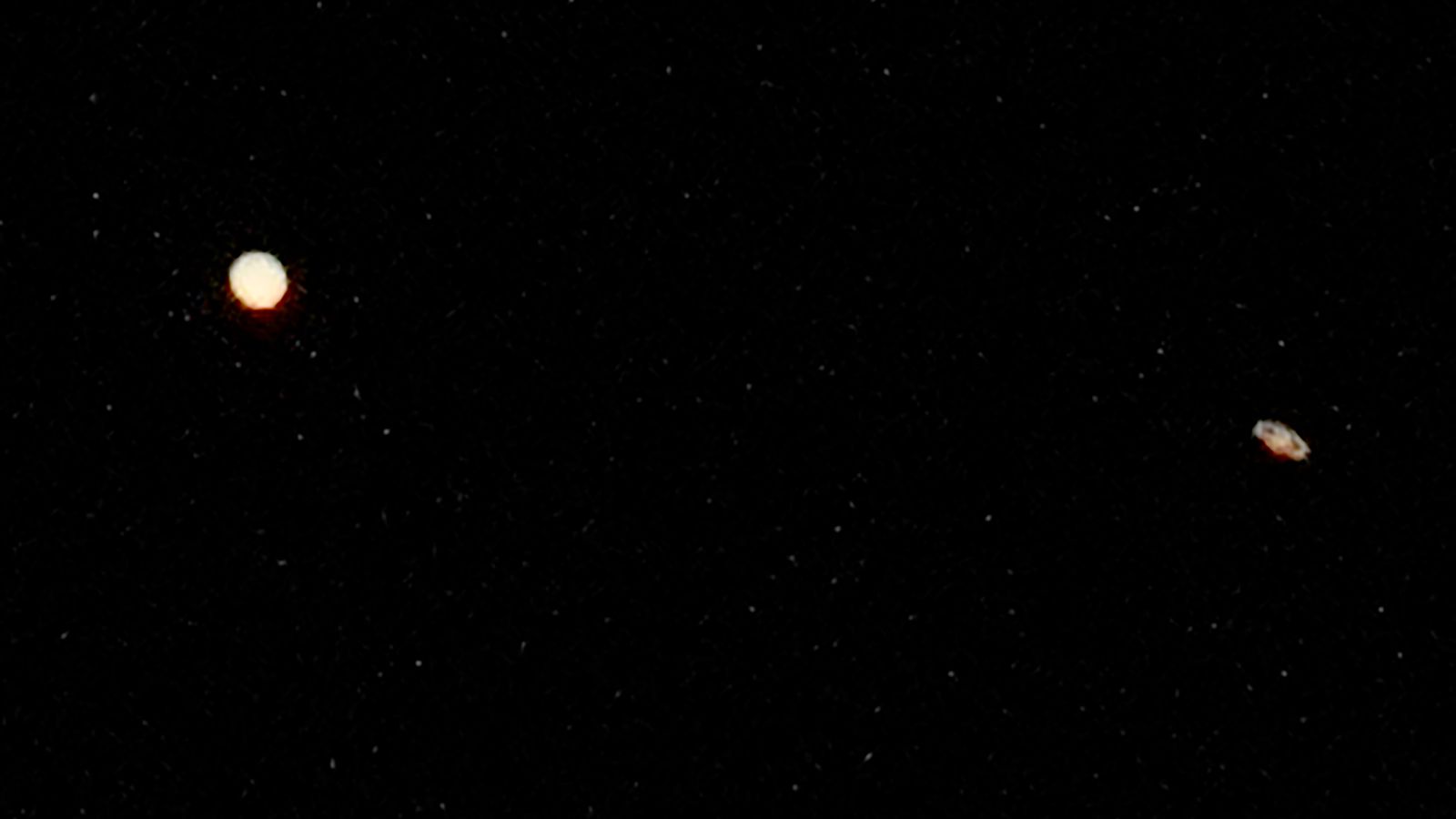Jupiter, Venus, Mars, Saturn and the moon will line up in the predawn sky on Sunday morning.
While these planetary alignments are not rare, they do not happen regularly – the last time five planets aligned in the night sky was in 2020, and before that alignments happened in 2016 and 2005.
The best viewing window for the phenomenon is between 5am and 6am (BST), just after the planets rise above the horizon but before the sun follows them.
Despite appearing from Earth to be lined up, these types of alignments – sometimes known as planetary parades – occur only from our perspective here on the Earth, and are not actually lined up in space.
Mercury will join the parade of planets in mid-June.
They also take time to develop. Venus, Mars and Saturn have been night-sky neighbours since late March. Jupiter turned the trio into a foursome in mid-April.
Mars will be an orange dot below and to the left of Saturn, while Venus will be a brighter light below and to the left of Mars. Jupiter will be the lowest and leftmost in the sky.
Beth Rigby Interviews… Matt Hancock and Alyssa Carson
New type of stellar explosion discovered could change our understanding of eruptions in stars
China: Three astronauts return to Earth after six-month mission at the country’s newest space station in longest crewed mission to date
The way to tell them apart from surrounding stars is that they won’t twinkle.
They will be visible to the naked eye, and no specialist equipment will be needed.
Meteor shower to light up the sky
Stargazers will also be treated to up to 18 meteors an hour when the Lyrid meteor shower lights up the sky on Saturday morning.
The celestial display is expected to peak in the early hours of April 23 and will be visible all across the sky.
Read more: New type of stellar explosion discovered
Meteor showers, or shooting stars, are caused when pieces of debris known as meteorites enter Earth’s atmosphere at speeds of around 43 miles per second, burning up and causing streaks of light.
To view the meteor shower, it is necessary to find a dark site with an unobstructed view of the sky – a bright sky will drown them out and make them much harder to find.
These meteors are pieces of debris falling from the Thatcher Comet, which is expected to return to the inner solar system in 2276, after an orbital period of 415 years.
This year the Lyrids started on April 14, two days before a full Moon, and come to a peak on 22-23 April, two days before the last quarter Moon.






















